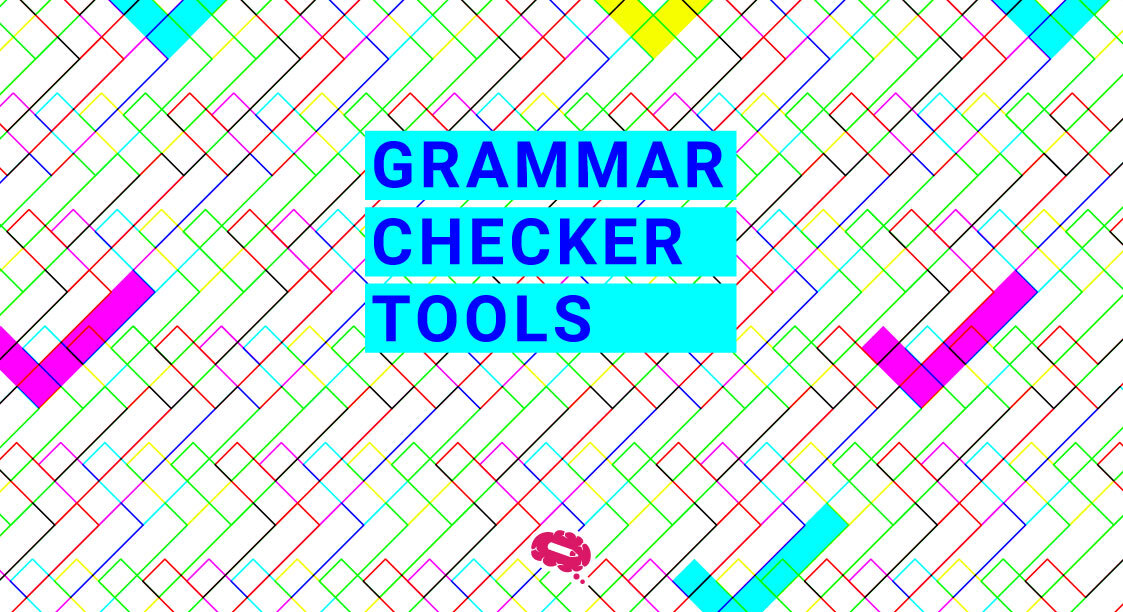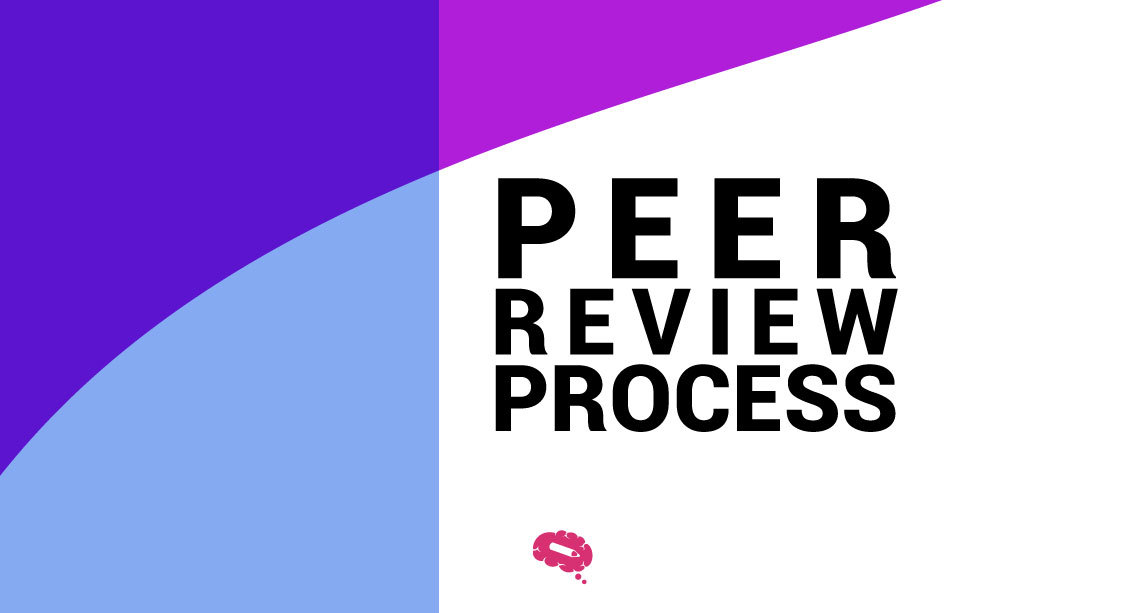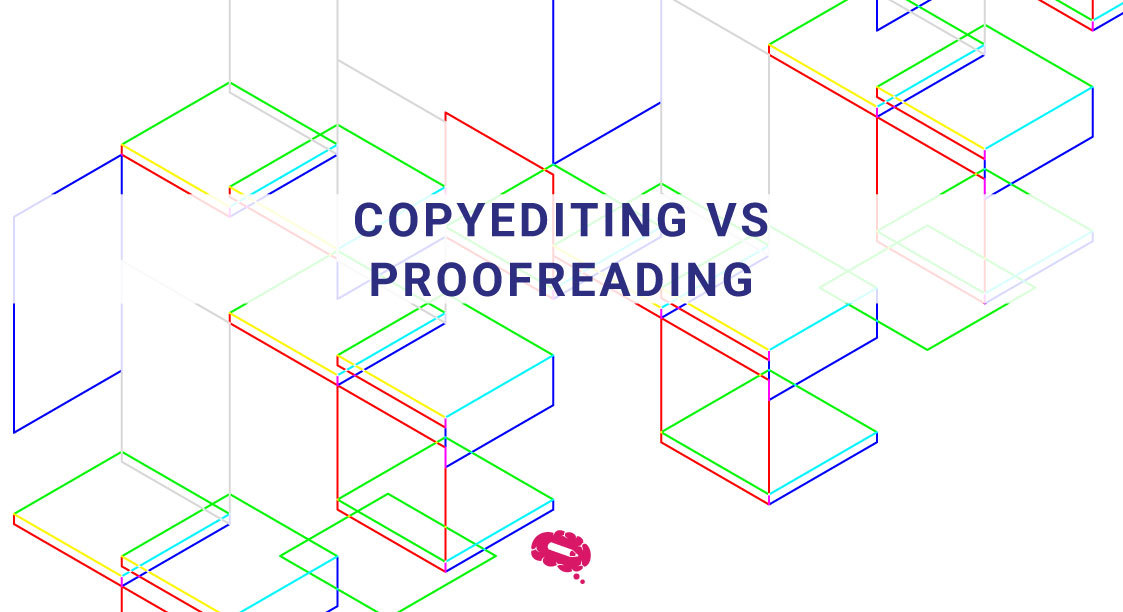What is copyediting? In its simplest form, copyediting is the fine-tuning process that transforms written content into its best version. At its core, the role of a copyeditor is to enhance written material by correcting grammar, punctuation, and formatting errors.
In this guide, we’ll uncover the essence of copyediting, delving into its methods, techniques, and significance in the digital era. From the fundamental grammar rules to the intricate aspects of style, this article aims to make this complex world more accessible and comprehensible to all.
What Is Copyediting?
Copyediting stands as a meticulous process integral to refining written material to its highest standard. It represents a critical phase involving detailed scrutiny and enhancements that elevate content quality significantly. This process is pivotal in ensuring the precision, clarity, and coherence of written communication.
Overview Of Copyediting And Its Purpose
At its core, copyediting embodies a comprehensive review process aimed at refining written content. Its primary objective lies in enhancing the overall quality by meticulously rectifying errors, improving readability, and refining language structures. This stage serves to render text polished, error-free, and consistent in style and tone, aligning it with predefined quality benchmarks.
The Role Of A Copyeditor In The Editing Process
Within the editing continuum, the copyeditor assumes a pivotal role characterized by linguistic precision and exactitude. Their responsibilities transcend surface-level corrections as they meticulously examine the text, addressing grammatical inaccuracies, inconsistencies in style, and structural anomalies. The copyeditor refines the rudimentary form of a draft into a coherent, polished piece ready for dissemination.
The Importance Of Copyediting In Ensuring Accuracy And Clarity In Written Content
By rectifying errors, enhancing sentence structures, and ensuring readability, copyediting guarantees the effective conveyance of the intended message, eliminating potential ambiguity or misunderstanding.
The Benefits Of Hiring A Professional Copy Editor
Engaging a professional copy editor yields multifaceted benefits, transcending mere error correction. Their expertise extends to elevating content quality, ensuring consistency, coherence, and adherence to prescribed style guidelines. Professional copy editors provide a fresh perspective, enhancing the overall impact and readability of written material.
Difference Between Copyediting And Proofreading
Understanding the difference between copyediting and proofreading is pivotal in the editorial process. While often used interchangeably, these two stages play distinct and complementary roles in refining written content.
Distinct Roles And Objectives Of Copyediting And Proofreading
Copyediting and proofreading serve distinct yet interconnected purposes within the editing spectrum. Copyediting involves a comprehensive review aimed at refining and improving the substance, structure, and style of written content. It encompasses rectifying errors, improving clarity, and enhancing coherence to ensure the text meets established standards.
On the other hand, proofreading is the final quality check, focusing on surface-level errors such as typos, spelling mistakes, and minor formatting inconsistencies before publication.
Detailed Comparison Of The Tasks And Techniques Involved In Each Process
The tasks involved in copyediting are multifaceted and involve a deep dive into the content. Copyeditors meticulously scrutinize grammar, syntax, punctuation, and style. They also focus on restructuring sentences, improving flow, checking for consistency, and ensuring adherence to prescribed guidelines.
In contrast, proofreading primarily involves a final review for typographical errors, spelling mistakes, minor grammatical issues, and inconsistencies in formatting.
Examples Of A Copy Editor Versus A Proofreader
A copyeditor’s work often involves substantial revisions aimed at refining the content’s structure, coherence, and overall readability. For instance, they might rephrase sentences to enhance clarity and conciseness. Here’s an example:
Original sentence: “The analysis identified a substantial correlation between the two variables, which was statistically significant.”
Copyedited sentence: “The analysis pinpointed a significant statistical correlation between the two variables.”
Conversely, a proofreader focuses on catching surface-level errors and inconsistencies. For example:
Original sentence: “The company’s success is built on innovative thinking dedication and hard work.”
Proofread sentence: “The company’s success is built on innovative thinking, dedication, and hard work.”
These examples highlight the distinct interventions made by a copyeditor and a proofreader, showcasing their specific contributions to refining written content at different stages of the editing process.
Methods And Practices Of Copyediting
The methods and practices employed in copyediting constitute a structured approach aimed at refining written content across various dimensions. From rectifying grammatical errors to enhancing overall coherence, these methodologies ensure the text attains its highest quality.
Mechanical Editing Techniques For Addressing Grammar, Punctuation, And Formatting Errors
Mechanical editing involves meticulous scrutiny of grammatical accuracy, punctuation usage, and adherence to formatting standards. Copyeditors focus on rectifying grammatical errors, such as subject-verb agreement, verb tense consistency, and proper usage of punctuation marks (commas, semicolons, etc.). Additionally, they ensure conformity to formatting guidelines, including consistency in font styles, margins, and spacing throughout the text.
Language And Style Editing Methods For Improving Clarity, Coherence, And Consistency
Language and style editing aim to enhance the overall readability and coherence of the text. Copyeditors work on improving sentence structures, eliminating ambiguities, and enhancing clarity by rephrasing complex or convoluted sentences. They ensure consistency in tone, style, and vocabulary usage throughout the document to maintain a cohesive and engaging narrative flow.
Related article: Coherence And Cohesion: Writing Tips For Seamless Texts
Content Editing Approaches For Enhancing The Overall Structure, Organization, And Flow Of The Text
Content editing involves a comprehensive assessment of the text’s structure and organization. Copyeditors analyze the overall flow of ideas, rearrange paragraphs for better coherence, and ensure logical progression within the document. They may suggest or implement structural changes to improve the readability and impact of the content, ensuring it resonates effectively with the intended audience.
Using Appropriate Reference Materials, Style Guides, And Tools During The Copy Editing Process
Copyeditors rely on a diverse array of reference materials, style guides, and specialized tools to ensure accuracy and consistency. They consult authoritative sources such as dictionaries, grammar guides, and specific style manuals (like APA, MLA, Chicago Manual of Style, etc.) to maintain consistency in language usage, citation styles, and formatting standards. Additionally, they may utilize editing software and tools to streamline the editing process and ensure efficiency.
Step-By-Step Guide To Performing A Thorough Copyedit
Now that the question ‘What is copyediting?” has been answered, here is a structured approach involving several steps to ensure a comprehensive copyediting process. This methodical endeavor embraces a series of meticulous steps, each dedicated to refining different facets of the text.” has been answered, here is a structured approach involving several steps to ensure a comprehensive copy editing process. This methodical endeavor embraces a series of meticulous steps, each dedicated to refining different facets of the text.
1. Pre-Editing Preparations
Before diving into the editing process, the copy editor must establish effective communication with the author or client. Understand their objectives, expectations, and any specific style guidelines required for the document. Clear communication helps define the scope of work, ensuring alignment with the author’s intentions and requirements.
2. Identify And Correct Errors In Grammar, Spelling, Punctuation, And Syntax
Begin the editing process by conducting a comprehensive read-through of the text. Identify and rectify grammatical errors, including issues related to spelling, punctuation, and syntax. Correct inconsistencies and inaccuracies to ensure linguistic precision and adherence to language conventions.
3. Addressing Issues Related To Sentence Structure, Clarity Of Expression, And Logical Flow
Focus on improving the overall quality of the content by addressing issues related to sentence structure, clarity, and coherence. Enhance readability by restructuring sentences, eliminating ambiguities, and ensuring a logical flow of ideas throughout the text. Emphasize clarity of expression to effectively convey the intended message to the reader.
4. Reviewing Formatting, Citations, References, And Any Additional Requirements
Conduct a meticulous review of the document’s formatting, ensuring consistency and adherence to prescribed guidelines. Verify the accuracy of citations, references, and any supplementary materials according to the specified style guide. Address any additional requirements specified by the author or client to ensure the document meets all expectations before finalization.
Best Practices For Self-Editing And Proofreading
Self-editing and proofreading are indispensable skills for any writer aiming to refine their work to professional standards. Employing effective techniques, utilizing appropriate tools, and implementing key tips can significantly enhance the quality and clarity of written content.
Techniques For Reviewing And Revising One’s Own Writing
- Take a Break Before Reviewing: Allow some time between writing and reviewing. Fresh eyes offer a new perspective, enabling you to spot errors and inconsistencies more effectively.
- Read Aloud: Reading your work aloud helps identify awkward phrasing, grammatical errors, and unclear sentences. It assists in assessing the flow and rhythm of your writing.
- Focus on Specific Elements: Review each pass with a particular focus, such as grammar in one round, sentence structure in another, and coherence and clarity in subsequent rounds.
- Utilize Revisions Tools in Word Processors: Make use of features like spell check, grammar check, and readability tools available in word processing software to assist in identifying potential issues.
Related article: 11 Best Grammar Checker Tools For Academic Writing
Tools And Resources Available For Self-Editing And Proofreading Purposes
- Grammar Checking Software: Tools like Grammarly, Hemingway Editor, or ProWritingAid offer comprehensive grammar, style, and readability suggestions.
- Online Dictionaries and Thesauruses: Websites like Merriam-Webster or Oxford Dictionaries aid in verifying word meanings, synonyms, and proper usage.
- Style Guides and Manuals: References such as the Chicago Manual of Style, APA Style, or MLA Handbook provide guidance on formatting, citations, and stylistic preferences.
- Peer Review or Writing Groups: Seeking feedback from peers or joining writing groups offers valuable perspectives and constructive criticism of your work.
Related article: Peer Review Process: Understanding The Pathway To Publication
Tips To Enhance Self-Editing Skills And Improve The Overall Quality Of Written Work
- Edit in Phases: Divide the editing process into multiple phases, focusing on different aspects (grammar, style, content) separately for a more comprehensive review.
- Seek Feedback: Request feedback from trusted peers or professionals to gain fresh insights and perspectives on your writing.
- Create a Checklist: Develop a personalized editing checklist covering common errors or areas needing improvement, ensuring a systematic review of your work.
- Continuous Learning: Regularly engage in reading, writing, and learning about language usage and style to improve editing skills continually.
Browse Through 75.000+ Scientifically Accurate Illustrations In 80+ Popular Fields
Mind the Graph is an invaluable resource for scientists, educators, and researchers, offering access to over 75,000 scientifically accurate illustrations across 80+ fields. Users benefit from a time-saving solution, effortlessly finding and customizing high-quality visuals that elevate presentations, research papers, and educational materials.

Subscribe to our newsletter
Exclusive high quality content about effective visual
communication in science.








